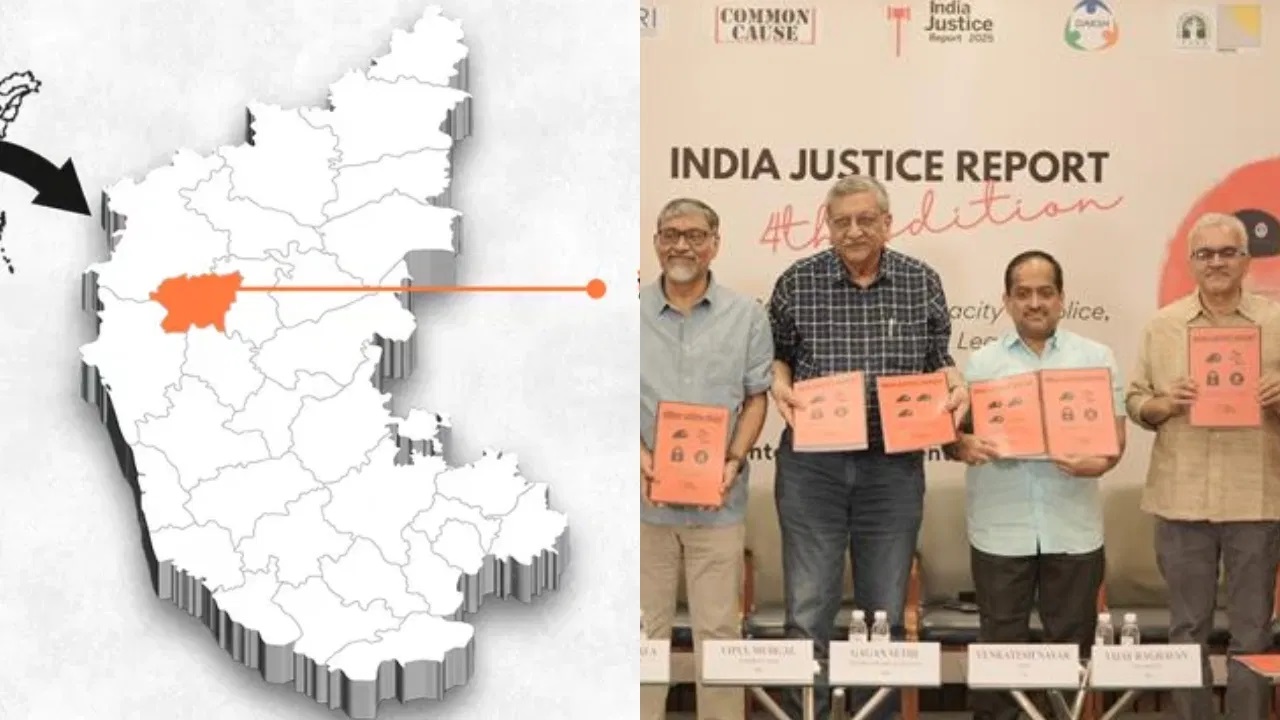From Stray Dogs to Social Justice: The Expanding Reach of Suo Moto Cases
Context
In recent times, incidents of stray dog attacks have surged across various parts of India, leading to serious injuries and even fatalities. The growing public concern and inaction by local authorities prompted the Supreme Court of India to intervene on its own. It took suo moto cognizance of the issue, considering the situation to be alarming and disturbing, reflecting its commitment to safeguarding public interest.
Introduction
The Supreme Court of India stands as the highest constitutional authority in the country’s judicial system, responsible for the protection of fundamental rights and ensuring justice. Among its unique powers is the ability to take up matters suo moto, meaning on its own motion, especially when significant public interest or constitutional violations are involved. This power has played a critical role in addressing institutional gaps, ensuring accountability, and promoting justice beyond traditional litigation processes.
What is Suo Moto Cognizance?
-
Suo moto cognizance refers to the power of a court to initiate legal proceedings without a formal petition being filed.
-
This enables the court to address matters of public interest, especially in cases of executive inaction, human rights violations, or environmental harm.
-
The SC often relies on media reports, letters, or publicly available information to act upon.
-
The roots of this practice lie in the post-Emergency era, where courts began recognizing issues affecting vulnerable sections and acted even in the absence of formal complaints.
Constitutional Basis
-
The powers, structure, and jurisdiction of the Supreme Court are detailed in Articles 124 to 147 under Part V of the Constitution.
-
These provisions empower the SC to undertake judicial review and uphold constitutional morality and justice.
Instances Where Suo Moto Power Was Used
Humanitarian Support
-
During the COVID-19 pandemic, the SC intervened to ensure proper hospital treatment, handling of deceased bodies, and distribution of essential supplies.
Environmental Protection
-
The SC acted against illegal activities such as tree felling in Kancha Gachibowli, aiming to prevent further ecological degradation.
Social Justice
-
The SC took suo moto action in instances of sexual violence, such as during the Manipur conflict and the RG Kar Hospital rape and murder case.
Judicial Integrity
-
The SC safeguarded the dignity of the judiciary by initiating contempt proceedings against even sitting High Court judges where required.
Criminal Justice Reforms
-
The Court issued directions to improve investigation procedures, trial practices, and bail norms, ensuring uniformity and fairness.
Public Safety and Welfare
-
The SC addressed the rising threat of stray dog attacks, focusing on the regulation of feeding and citizen safety.
Criticism of Suo Moto Powers
Increased Judicial Burden
-
With over 70,000 cases pending, suo moto interventions further strain the judicial workload.
Judicial Overreach
-
Concerns have been raised over courts encroaching upon executive functions, undermining the principle of separation of powers.
Lack of Verifiability
-
Actions based on unverified news reports may affect the credibility of judicial intervention.
Disruption of Institutional Balance
-
Frequent use of suo moto powers may result in an imbalance among the three branches of government.
Arguments Supporting Suo Moto Jurisdiction
Strengthened Constitutional Protection
-
The SC has emerged as a protector of rights, especially for the marginalized and voiceless.
Prudent and Cautious Application
-
The court has generally ensured thorough verification and refrained from final rulings until detailed examination is completed.
Collaborative Governance
-
In several cases, State and Central governments have aligned with the SC, demonstrating a non-adversarial approach to resolving national issues.
Supervisory Role and Delegation
-
The SC often takes on a guiding role, utilizing High Courts, amicus curiae, retired judges, and state authorities to assist in implementation and ensure complete justice.
Conclusion
The suo moto jurisdiction of the Supreme Court represents a vital mechanism for upholding constitutional values, bridging institutional lapses, and responding to emerging crises. However, it must be exercised with judicial restraint, due diligence, and a clear understanding of the democratic balance of power. Moving forward, the Court should aim to maintain transparency, ensure legitimacy of sources, and promote cooperative federalism in resolving issues of public importance.




Comments (0)